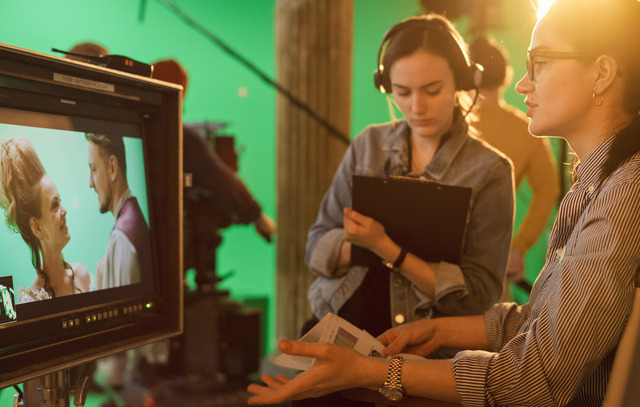Movie budgets are the lifeblood of filmmaking, dictating what does and doesn’t make it to the big screen. Whether it’s an indie project or a Hollywood blockbuster, a film’s budget defines its scale, influences its narrative, and ultimately determines its success or failure. Below, we’re discussing a few interesting things to know about movie budgets, highlighting their importance on and off set.
The Backbone of Film Production
Behind every great film is a meticulously crafted budget. From casting A-list actors to designing breathtaking sets, the allocation of resources directly shapes a project. A well-managed budget allows directors to bring their artistic vision to life while ensuring producers don’t lose sleep over finances.
Key elements—such as special effects, set designs, and post-production work—live or die based on funding. For instance, major blockbusters like “Avengers: Endgame” owe their high production value to enormous budgets that supported groundbreaking CGI and star-studded casts.
What Drives a Film’s Budget?
Several factors can drastically influence movie budgets. The cost of hiring talent often takes a significant portion, especially when actors like Dwayne “The Rock” Johnson command millions per film.
Location choices also play a massive role—shooting in exotic or remote areas increases production and logistical expenses. Meanwhile, the complexity of a screenplay can lead to higher costs, as elaborate stories often require intricate production designs and extended filming schedules.
How Budgets Have Evolved Over Time
The scale and purpose of movie budgets have transformed across decades. Early films like “Gone With the Wind” (1939), with its then-massive $3.85 million budget, set the precedent for high-cost productions. Fast forward to the modern era, technological advancements such as motion-capture and CGI have made visual spectacles like “Avatar” (2009) possible but also exorbitantly expensive.
Tackling Remote Production Costs
With the rise of remote production, the industry faces some of its most significant financial hurdles yet. Coordinating casts, crews, and equipment across various locations drives up logistical expenses.
The shift to digital workflows mitigates some costs, but challenges facing every remote production include maintaining quality control and meeting tight deadlines while staying within budget. Studios must adapt by relying on smart solutions, such as virtual sets, which blend physical and CGI elements seamlessly.
Practical Advice for Filmmakers on Tight Budgets
If you’re entering the world of filmmaking, learning to stretch every dollar can set you up for success. Prioritize necessities—strong scripts and reliable crews—these have the highest impact on a film’s quality. Consider digital solutions for editing and effects to minimize equipment costs.
Leverage local resources, such as community venues, to save on location fees. Additionally, seek partnerships or sponsorships that can fund your project without compromising creative integrity.
The movie industry’s interesting approach to budgeting will continue evolving as technology advances and audience preferences shift. AI-driven cost analytics and virtual production environments are already reshaping how filmmakers allocate resources.
Whether you’re a movie buff or an aspiring filmmaker, understanding the complexities of movie budgets provides a richer perspective on how these cinematic masterpieces come to life. Take a moment to appreciate the meticulous planning behind your favorite films—it’s a story all on its own.































